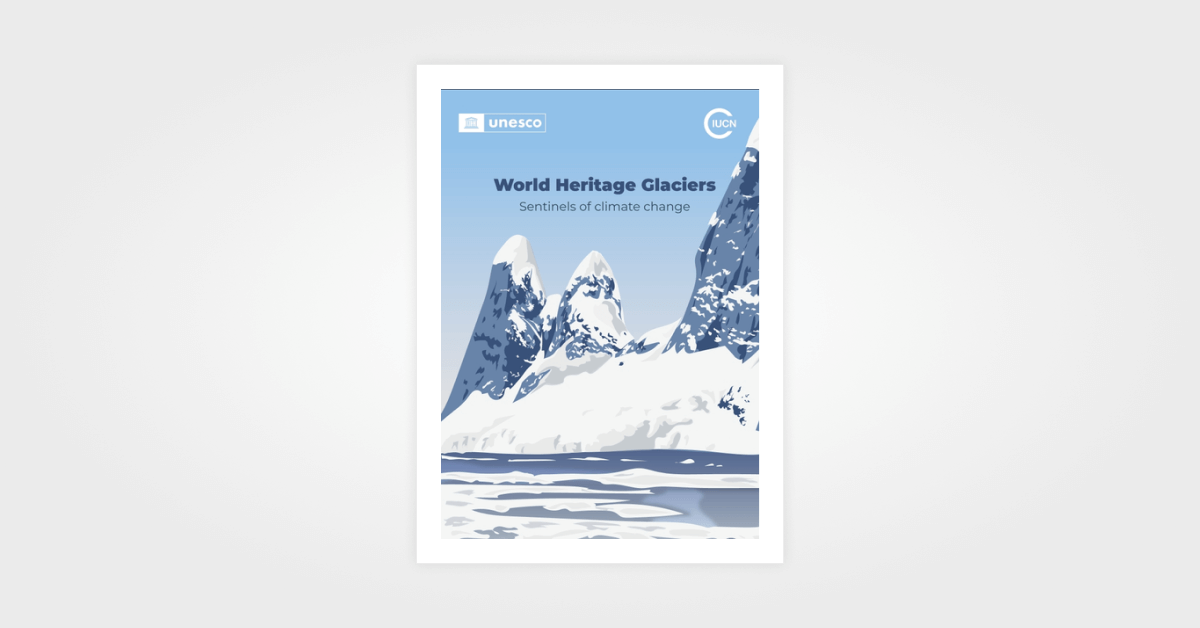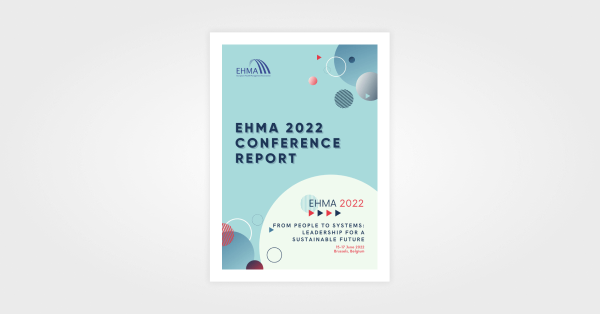Glaciers might be preserved in two-thirds of World Heritage sites if global warming is kept to 1.5°C.
Because they provide half of humanity with essential water resources for domestic consumption, agriculture, and energy, glaciers are essential to life on Earth. In addition, they serve as sacred sites for numerous indigenous cultures and draw millions of tourists worldwide. Some of the most important markers of climate change are glaciers. The global retreat and extinction of glaciers is among the most striking indicators that Earth’s temperature is rising. To create efficient adaptive responses, this event must be carefully observed and quantified.
Fifty World Heritage sites contain about 18,600 glaciers. These glaciers cover roughly 66,000 km2, or almost 10% of the glacierized surface of the planet. These glaciers have been retreating at a more rapid rate since 2000, according to research studies using satellite data. World Heritage glaciers account to over 5% of the observed global sea-level rise and lose an average of 58 billion tonnes of ice year. This is equal to the combined annual water consumption of France and Spain. According to projections, glaciers at one-third of World Heritage sites that have glaciers will vanish by 2050 regardless of the climate scenario used, and glaciers in around half of all sites might nearly completely vanish by 2100 in a scenario with emissions that is business as usual.
The most crucial defense is to dramatically cut greenhouse gas emissions to stop significant glacier retreat across the globe. Glaciers in two-thirds of World Heritage sites could be preserved if emissions are dramatically reduced to keep warming to 1.5°C above pre-industrial levels. To prepare for impending glacial changes, adaptative measures must be improved at the site level. These include identifying knowledge gaps and enhancing monitoring networks, developing and putting into practice early warning and disaster risk reduction strategies, concentrating policy on glaciers, and fostering knowledge sharing, stakeholder participation, and communication.
The successful implementation of these measures necessitates the engagement of important parties (such as governments, civil society, indigenous peoples, local communities, and the private sector) in order to create sustainable financing and investments, particularly through the creation of an international fund for glacier research and monitoring.










